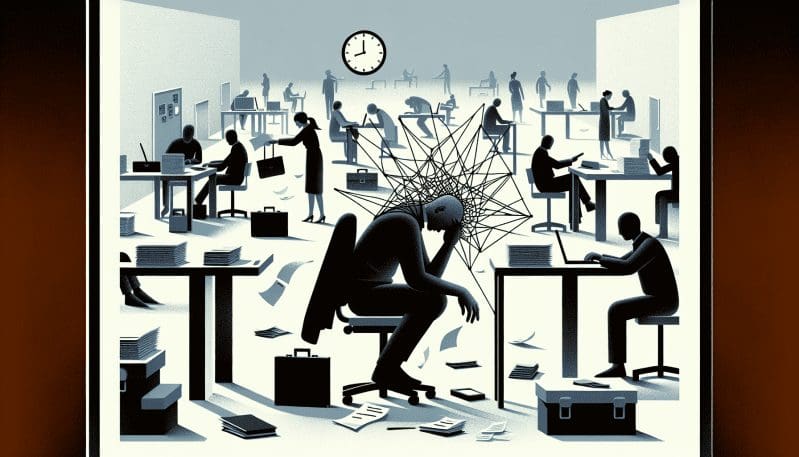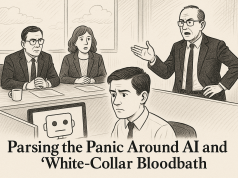In the bustling metropolis of New York, where the skyline is perpetually punctured by the endeavors of the ambitious, workplace burnout is not just a buzzword; it’s an insidious reality for many professionals. Acknowledged as a significant occupational phenomenon by the World Health Organization, burnout has been brewing beneath the surface of high-pressure environments, often going unnoticed until it reaches a breaking point. At The Work Times, we delve deeply into the core of this issue, examining not only its effects but also initiating a call to action for redefining workplace wellbeing.
Root Causes of Burnout
Understanding burnout requires us to look beyond the copious amounts of coffee and the proverbial rat race. It’s about recognizing the subtle yet profound ways in which our work culture has molded us into perpetual motion machines. Extended working hours, unmanageable workloads, and the erosion of the boundary between professional and personal life all contribute to the spread of burnout. The desire to excel, when coupled with a fear of job insecurity, can turn workplaces into pressure cookers with employees as the collateral damage.
Signs to Watch For
Burnout manifests in exhaustion, cynicism, and a sense of inefficacy. Employees might find themselves disengaged, their performance dwindling, and their zeal for work contaminated by a persistent sense of fatigue. These symptoms are not always overt and can gradually build up over time, making it imperative for managers and peers to stay vigilant and support one another.
The Impact on Individuals and Organizations
The repercussions of burnout extend beyond the individual. It undermines team morale, stokes turnover rates, and begets a decline in productivity. When burnout is left unchecked, organizations stand to lose not only their human capital but also their competitive edge. It is a silent thief of innovation and motivation.
The Role of Leadership
Leadership is the cornerstone of burnout prevention. It is incumbent upon those at the helm to foster an environment that prioritizes employee wellness. This includes setting realistic expectations, recognizing and rewarding efforts, ensuring a fair distribution of workload, and embodying the work-life balance they wish to promote.
Policies for Sustainable Work-Life Balance
Companies must reimagine their policies to safeguard their employees’ mental health. Flex-time, remote working arrangements, mandatory time-off, and wellness programs can serve as buffers against burnout. Importantly, these policies should not be mere formalities but living, breathing elements of a company’s culture, championed by leadership and ingrained in day-to-day practices.
Innovative Solutions
Businesses can adopt a variety of innovative strategies to mitigate burnout. These might include introducing ‘no meeting’ days, setting ’email-free’ time slots, providing mental health days, and facilitating access to counseling services. Additionally, creating a culture that values open dialogue about mental health can destigmatize burnout and encourage employees to seek help without fear of reprisal.
In Conclusion
As we strive to keep up with the relentless pace of city life and the demanding nature of our work, we must not lose sight of the human element. It’s time we take a stand against the silent crisis of workplace burnout. Together, through insightful leadership, thoughtful policy, and a community-based approach to wellbeing, we can chart a new course towards a more mindful, productive, and balanced professional landscape. Let’s start the conversation and spark a movement that resonates across the high-rise offices and beyond.
#BurnoutAwareness #WorkplaceWellbeing #LeadershipMatters #HealthyWorkLife #TheWorkTimes




























